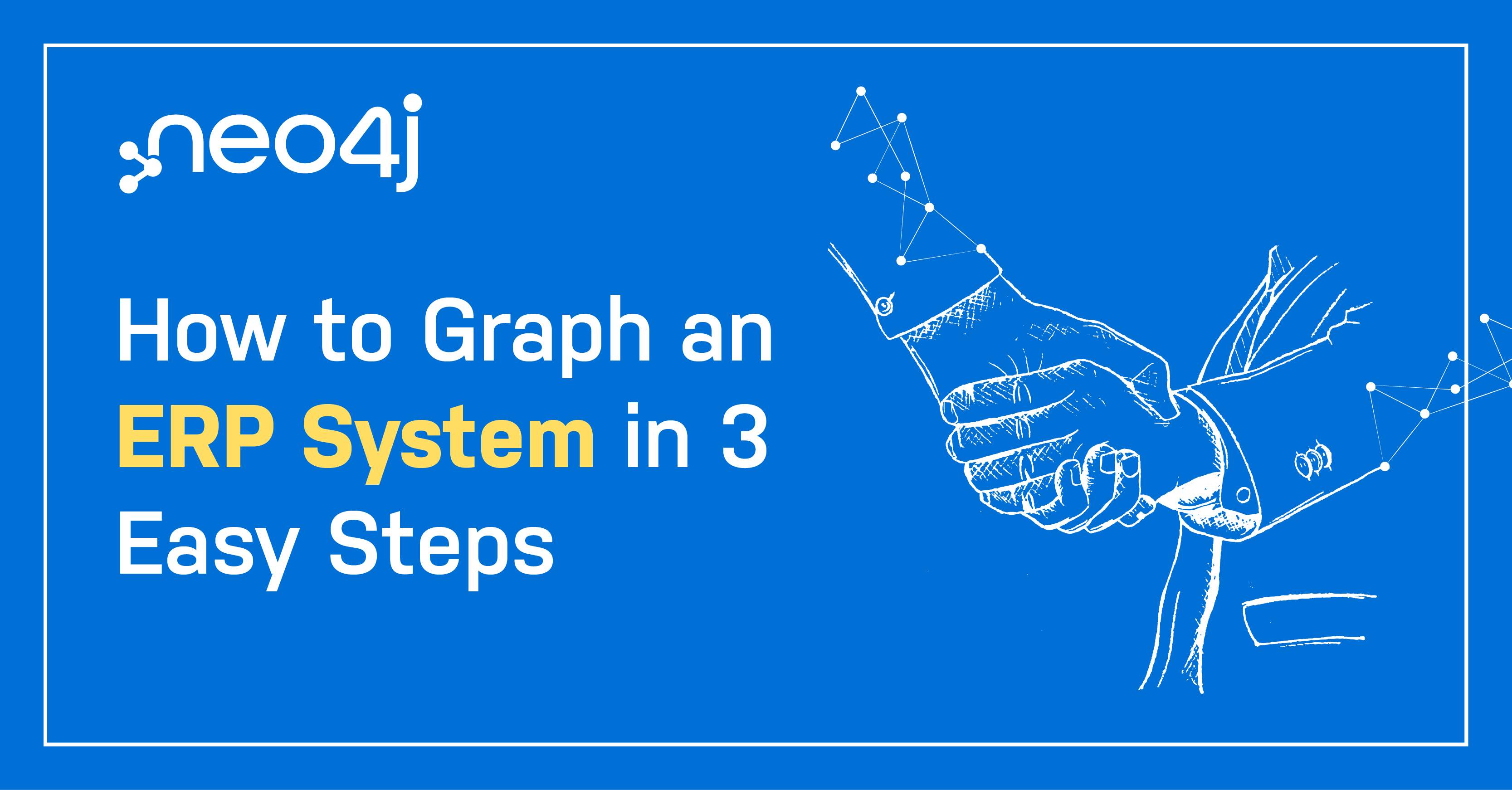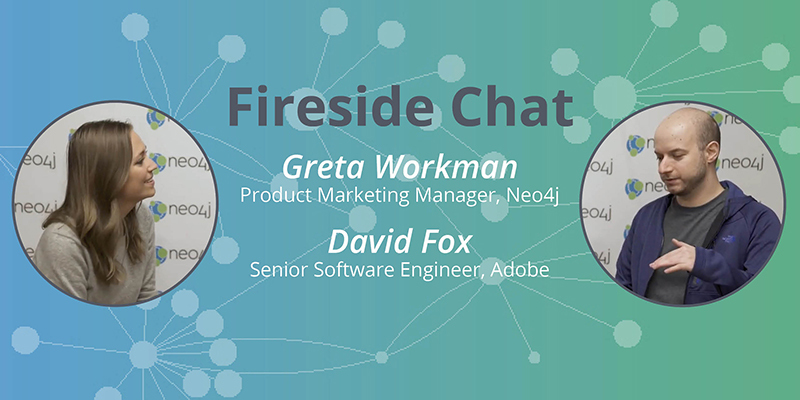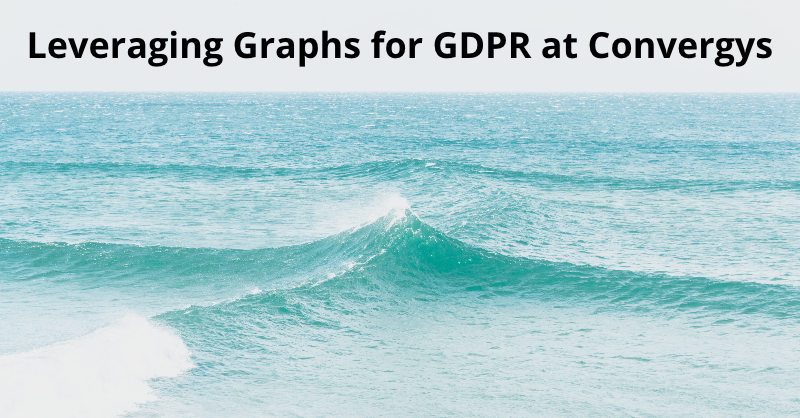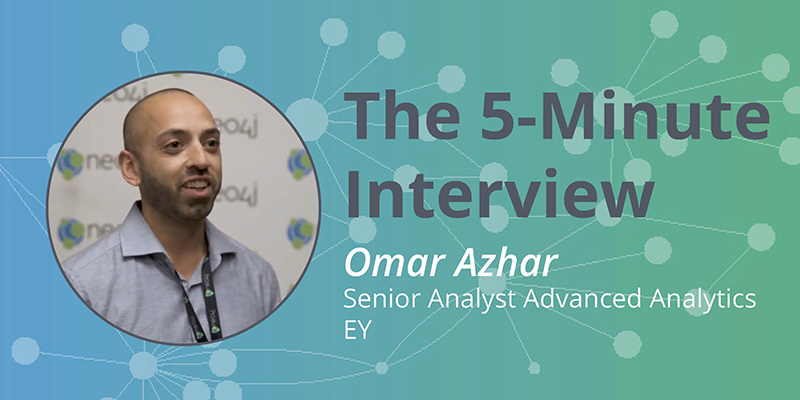Top 10 Use Cases: Empowering Network and IT Operations Management

Chief Scientist, Neo4j
1 min read
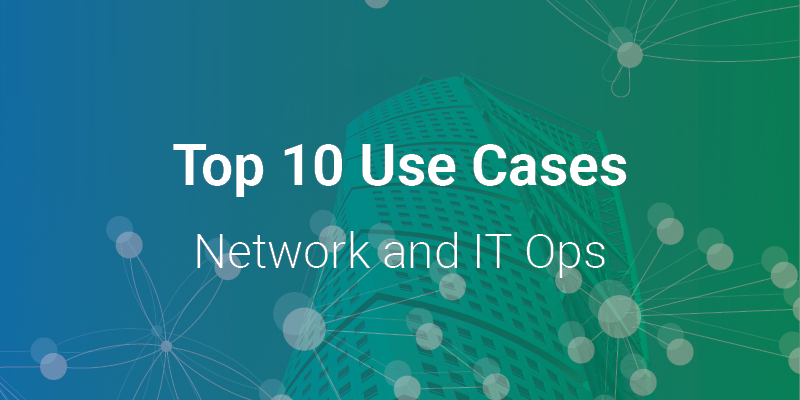
Graph technology is the future. Not only do graph databases effectively store relationships between data points, but they’re also flexible in adding new kinds of
relationships or adapting a data model to new business requirements.
But how do companies today use graph databases to solve tough problems? In this blog series, we’ll cover the top 10 use cases for graph technology and for each we include a real-world example. This blog series continues with a look at using graph technology with knowledge
graphs.
The last blog in this series looked at the power of using graph technology for supply chain management. In this sixth blog of the ten-part series, we delve into what graph technology can do for network and IT operations management. As networks, by their very nature, are graphs, graph technology is an ideal fit for helping companies handle configuration information and create complex impact analyzes to answer vital business questions.
Use Case #6: Empowering Network and IT Operations Management
By their nature, networks are graphs. Graph databases are, therefore, an excellent fit for storing and querying network IT operational, no matter which side of the firewall your business is on.
Today, graph databases successfully employed in the areas of telecommunications, network management, impact analysis, cloud platform management and data center and IT asset management.
In all of these domains, graph databases store configuration information. This is used in real time to alert operators to potential design flaws and shared failure modes in the infrastructure, and to reduce problem analysis and resolution times from hours to seconds.
Why Use Graph Technology for Network and IT Operations?
As with master data, a graph database is used to bring together information from disparate inventory systems, providing a single view of the network and its consumers – from the smallest network element all the way to the applications, services and customers who use them.
A graph representation of a network enables IT managers to catalog assets, visualize their
deployment and identify the dependencies between the two. The graph’s connected structure enables network managers to conduct sophisticated impact analyses, answering questions like:
- Which parts of the network – applications, services, virtual machines, physical
machines, data centers, routers, switches and fiber – do particular customers depend
on? (Top-down analysis) - Conversely, which applications, services and customers in the network will be affected
if a particular network element fails? (Bottom-up analysis) - Is there redundancy throughout the network for the most important customers?
A graph database representation of the network can also enrich operational intelligence based on event correlations. Whenever an event correlation engine (such as a Complex Event Processor) infers a complex event from a stream of low-level network events, it assesses the impact of that event against the graph model and triggers any necessary compensating or mitigating actions.
Example: Comcast
Companies around the world have come a long way towards making homes smarter.
Smart devices send alerts when the front door is unlocked, the house alarm is disengaged, or someone is at the front door. These connected devices naturally interact with one another but often lack capabilities like natural language processing. The result is a large collection of connected devices that can’t be automated.
“A person is not just an ID. A person is a set of relationships to personal information, locations, people and devices,” said Jessica Lowing, Director of Project Management at Comcast.
Homes aren’t able to perform tasks like “turn off the lights in Lily’s room” because these requests require insight into complex semantic and social relationships. Personalization is also incredibly limited. To address these challenges, Comcast put together a team dedicated to creating and perfecting an xFi smart home prototype.
The first step was to develop rich definitions for all the terms in the Comcast profile graph.
For example, a “person” definition needed much more than a unique ID. It had to include a unique set of relationships to personal information, locations, people, and devices.
“Since people are at the center of these smart homes, they also need to be at the center of our automation,” Lowing said, “which brings us back to modeling social and semantic relationships.”
The team recognized that the real value of this rich data was the relationships between them, which would require a native graph database structure. Ultimately, the team would also need to build a shared platform at the household level.
This resulted in the Xfinity profile graph, a scalable, flexible, multi-tenant user-profile service for extending personal information and relationships across Xfinity products. It models customers’ real-life relationships, and provides context so that Xfinity applications provide a more personalized experience for users.
Conclusion
Discovering, capturing and making sense of complex interdependencies is central to effectively running network and IT operations, which is critical to running an enterprise.
Whether it’s optimizing a network or application infrastructure or providing more efficient security-related access, these problems involve a complex set of physical and human interdependencies that are challenging to manage.
The relationships between network and infrastructure elements are rarely linear or purely hierarchical. But, graph databases are designed to store that interconnected data, making it easy to translate network and IT data into actionable insights.
Next week, in blog seven of this 10-part series, we will analyze how graph technology aids master data management, and why it is the best fit for companies looking to optimize their master data.





